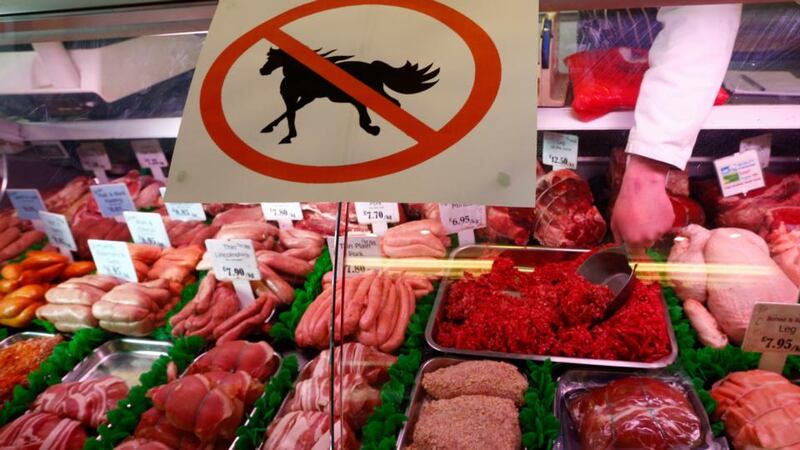The horse meat scandal mightn’t first spring to mind for Leaving Cert biology but it was one of the more contemporary issues featuring at higher level.
The paper was challenging according to Una Moroney of the Irish Science Teachers' Association. "Students were required to think and apply their knowledge," she said.
The short questions were reasonably straighforward although a diagram of body tissue in question three was poor, Moroney said.

Mona Murray of the Institute of Education picked out question four as particularly challenging as it "required a precise understanding of the different characteristics and major differences between the organisms in all five kingdoms," she said.
Students were happy with Section B, the experiments. “Each of the three questions focused on one particular experiment, unlike last year when one of the questions featured five different experiments,” Murray said.
There were some good topical questions in Section C, according to Ciara O’Shea of the ASTI although there was a “heavy emphasis on plant systems throughout,” she said.
The role of DNA analysis in horse meat was an interesting approach, teachers agreed, although it may have baffled some students, Moroney said.
A diagram of a joint came in for criticism, “It really wasn’t clear what joint it was,” O’Shea said. Teachers also raised concerns about part (c) of the question which asked for the symptoms of Alzheimer’s disease. “That’s not on the syllabus,” Moroney said.
The language in the ecology question was difficult. “Part B [ the rabbit population in Australia] would have favoured students who studied a grassland as opposed to a seashore.It should not have favoured one or the other,” Moroney said.
O’Shea singled out the first part of the question, in which students had to interpret a graph, as particularly good. “Students had to apply their knowledge. There was no rote learning there,” she said. “Well prepared students were rewarded in this exam,” Murray said.
Yet again, ordinary level students had a paper that , while straighforward, was pitched at a level perhaps above what they would have expected.
“There was a lot of specific language used,” Moroney said. “Students needed a broad range of knowledge but some of the questions required quite specific information as well.”
“I thought question 12, on obesity and diabetes as it linked to the endocrine system, was a good topical issue,” O’Shea said.
There was a particular problem with one part of question 15, however. “Students were asked to explain in detail how the eye works,” O’Shea said. “That was challenging. Too challenging for ordinary level.”
TRY THIS
Last year it was discovered, by DNA analysis, that meat products labelled as beef contained meat from other animals, particularly horses and pigs.
(i) Name the biomolecule that is the major component of meat. (ii) Where in a cell are these biomolecules manufactured? (iii) Name the molecule, formed from DNA, which carries the instruction to manufacture these biomolecules. (iv) Name and outline the procedure used for analysing the DNA samples that revealed the presence of horse meat in products labelled as beef. (v) Would the result obtained from the procedure referred to in (iv) be the same if the beef were contaminated with pig meat? Explain your answer.






